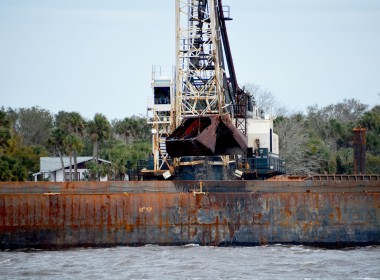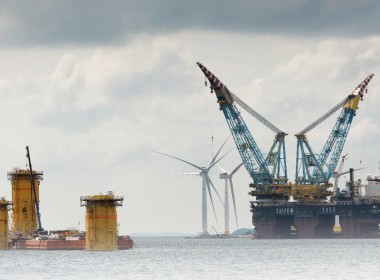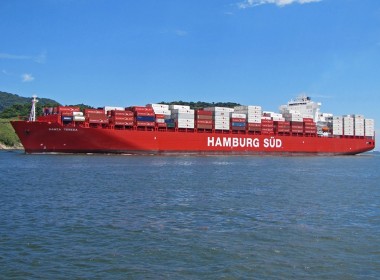US EPA releases case study on air pollution reductions for New York/New Jersey Harbor Deepening Project

The US Environmental Protection Agency (EPA) recently released a new case study on the New York/New Jersey Harbor Deepening project, which highlights how coordination between federal, state, and local agencies led to lasting reductions in air pollution from marine vessels operating in one of America’s busiest waterways.
The EPA said that as a result of this federal, state and local partnership, an estimated 2,000 tonnes of NOx were prevented from polluting the air. Nitrogen oxide reacts with other chemicals in the air to form both particulate matter and ozone, which are harmful when inhaled due to effects on the respiratory system.
The case study outlines how government agencies came together during the US$2.1 billion channel deepening at the Port of New York and New Jersey to ensure Clean Air Act compliance while providing lasting clean air benefits.
The multi-agency team, which included the EPA, put together a strategy to offset the NOx emissions that generated from harbour deepening machinery with emissions reductions projects like upgrading old engines on ferries and tugs. The partners also developed a process for tracking emissions and implementing changes as needed over the 12-year-long project.
In total, project partners funded engine repowers and after treatment emissions controls on 36 tugs and ferries operating in the harbor. The EPA said these cleaner engines offset all the emissions associated with dredging plus an additional 2,000 tonnes, or about the same as shutting down a local natural gas power plant for six years.







